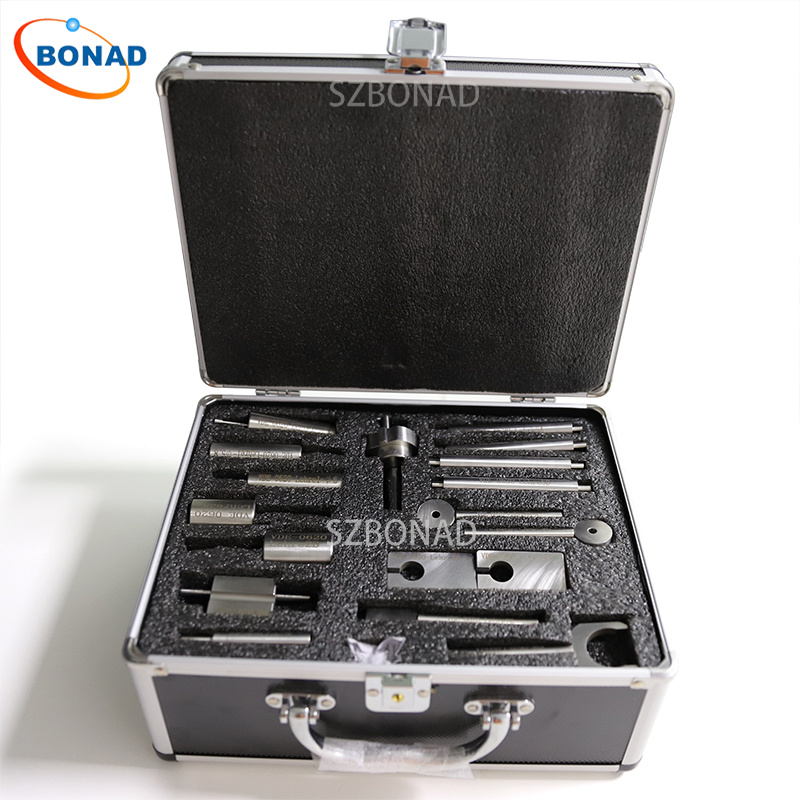The term “IP” originates from the standard IEC60529 and stands for “ingress protection.” The IP code system is designed to classify the degrees of protection provided by enclosures against access to hazardous parts, ingress of solid foreign objects, and water.
Types of IP Code Probes
The IP code probes include Test Probe A, Test Probe B, Test Probe C, Test Probe D, Test Probe 1, and Test Probe 2. Here’s a breakdown of their functions:
- Access Probes (Probes A, B, C, and D):
- These probes are used to verify the protection of persons against access to hazardous live parts or mechanical parts. They simulate a part of a person or tool to ensure adequate clearance from hazardous components.
- Object Probes (Probes 1 and 2):
- These probes are used to verify the protection of equipment against the ingress of solid foreign objects with diameters of 50mm and 12.5mm or greater. In practice, Probes C and D are also used to check for ingress protection against objects with diameters of 2.5mm or greater and 1mm or greater respectively.
Testing Procedures
- Access Probes:
- These probes are pushed against or inserted through any openings in the enclosure with a specific force. For low voltage equipment tests, a low-voltage supply (between 40V and 50V) in series with a suitable lamp is connected between the probe and hazardous parts inside the enclosure.
- Protection is deemed satisfactory if there is adequate clearance between the access probe and hazardous parts. The probe should not touch any hazardous mechanical parts.
- Specific requirements for each probe include:
- Probe A: Should not completely pass through the opening.
- Probe B: May penetrate up to its 80mm length but should not pass through the stop face (φ50mm*20mm). The joints of the test finger should bend up to 90° and be placed in every possible position.
- If adequate clearance is verified by a signal circuit between the probe and hazardous parts, the lamp should not light up.
- Object Probes:
- These probes are pushed against any openings in the enclosure with a specific force. Protection is satisfactory if the full diameter of the probes does not pass through any opening.
IP Code Probe Specifications
| Probe Code | Short Description | IP Grade | Test Force |
|---|---|---|---|
| Test Probe A | Sphere: φ 50 with handle | For testing IP1X | 50N±10% |
| Test Probe B | Jointed test finger: φ12-length 80 | For testing IP2X | 10N±10% |
| Test Probe C | Rod: φ2.5 – length 100 | For testing IP3X | 3N±10% |
| Test Probe D | Wire: φ1.0 – length 100 | For testing IP4X | 1N±10% |
| Test Probe 1 | Sphere: φ50 | For testing IP1X | 50N±10% |
| Test Probe 2 | Sphere: φ12.5 | For testing IP2X | 30N±10% |
Application Variations
The force applied by these probes can vary depending on relative product standards. There are two main types:
- One type without a thruster that provides a connector to work with a force gauge.
- Another type with a thruster where force can be applied directly, and its range is adjustable.
Conclusion
IP code probes play an essential role in verifying the degree of protection provided by an enclosure against access to hazardous parts and ingress of solid foreign objects. Understanding their specifications and testing procedures ensures compliance with safety standards.


